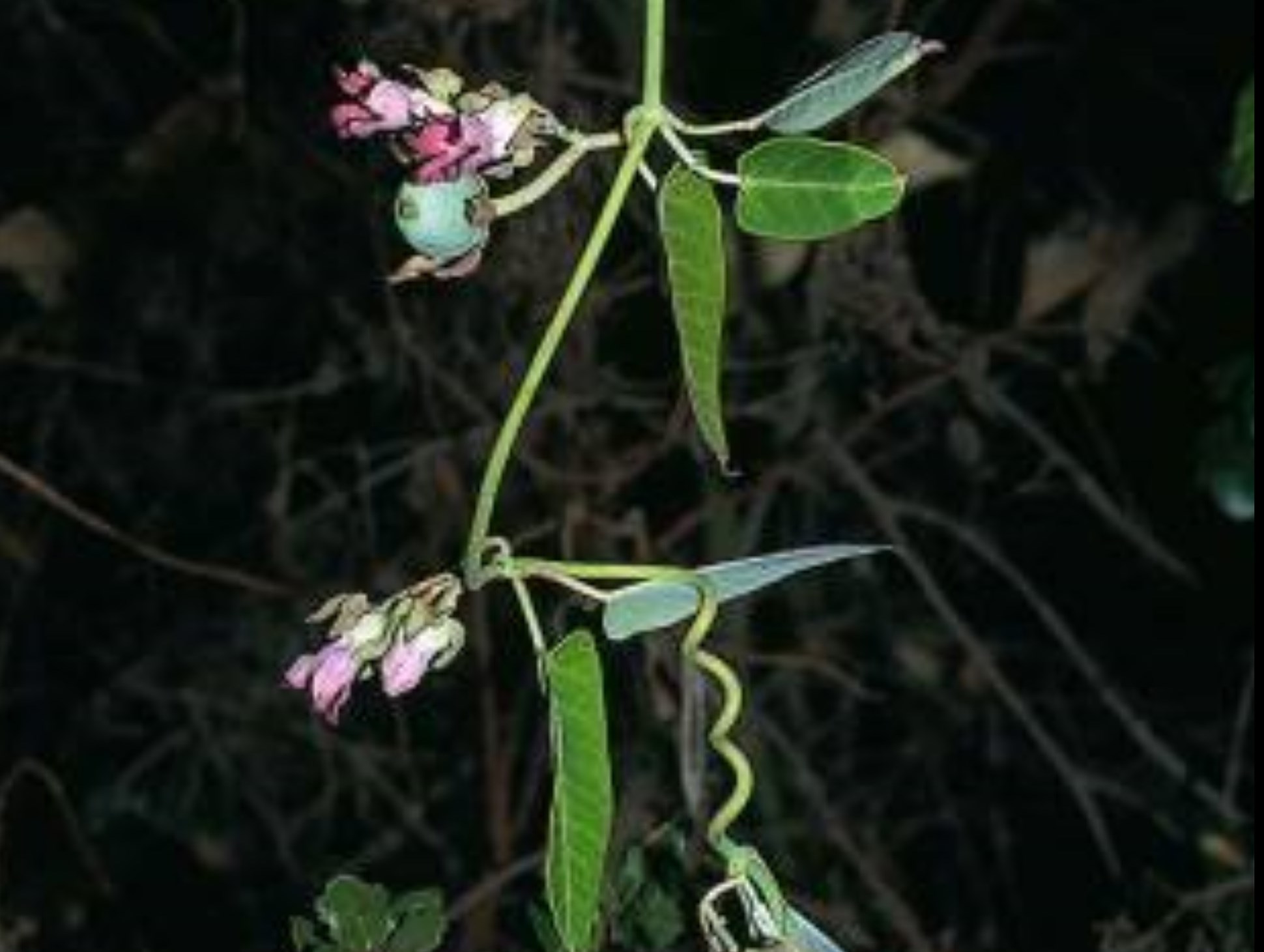Created by: Elizabeth D. Brusati
Created on: Monday, Mar 21st, 2016
Created on: Monday, Mar 21st, 2016
Yes or No:
Yes
Points:
1
Confidence Level:
Very High
Answer / Justification:
Madeira Islands, Lesotho, South Africa, New Zealand, Australia, France, Portugal, Spain, Georgia, Arizona, California.
Reference(s):
Yes or No:
Yes
Points:
2
Confidence Level:
Very High
Answer / Justification:
Areas in the Madeira Islands, South Africa, Australia, France, Portugal, Spain, Arizona match California. Naturalized in 12 counties in California. A problem in citrus groves in California.
Reference(s):
Yes or No:
Yes
Points:
2
Confidence Level:
Very High
Answer / Justification:
In California, it is on the state noxious weed list due to its impacts in citrus groves, where it grows over trees and competes with them for water, nutrients, and light. It is on the noxious weed list of New South Wales, Australia, as a "locally controlled weed."
Reference(s):
Yes or No:
Yes
Points:
3
Confidence Level:
Very High
Answer / Justification:
In California, it is on the state noxious weed list due to its impacts in citrus groves, where it grows over trees and competes with them for water, nutrients, and light. Grows in orchards, landscaped areas, gardens, and disturbed sites. It has been reported from riparian areas on the Santa Barbara coast and Santa Cruz Island, CA. It is on the noxious weed list of New South Wales, Australia, as a "locally controlled weed."
Reference(s):
Yes or No:
No
Points:
0
Confidence Level:
High
Answer / Justification:
This is the only species in the genus listed in the Global Compendium of Weeds.
Reference(s):
Yes or No:
Yes
Points:
2
Confidence Level:
Very High
Answer / Justification:
Native range is Brazil, Argentina, Paraguay, Uruguay, which do not match California. However, much of the naturalized range does match California. GBIF map = http://www.gbif.org/species/3170442
Reference(s):
Yes or No:
Yes
Points:
1
Confidence Level:
High
Answer / Justification:
The plants grow very fast and can cover a tree canopy of an orange grove in a couple of years. Individual branches can be killed by girdling vines. These impacts are from agricultural areas; I do not have information on similar impacts in natural areas.
Reference(s):
Yes or No:
No
Points:
0
Confidence Level:
Medium
Answer / Justification:
No evidence for this impact so defaulting to no.
Reference(s):
Yes or No:
Yes
Points:
1
Confidence Level:
High
Answer / Justification:
Foliage and to a lessor extent the fruits contain compounds that can cause nonfatal digest tract irritation and neurological problems if ingested in sufficient quantities. However, toxicity has not been reported in North America. Plant sap also contains an enzyme that can dissolve skin and create sores.
Reference(s):
Yes or No:
Yes
Points:
1
Confidence Level:
Medium
Answer / Justification:
Thick vines growing over trees seem to have the potential to create thickets.
Reference(s):
Yes or No:
Yes
Points:
1
Confidence Level:
Very High
Answer / Justification:
Under certain conditions, can reproduce vegetatively when severed pieces of underground stems or crowns can produce new roots and shoots.
Reference(s):
Yes or No:
Yes
Points:
1
Confidence Level:
High
Answer / Justification:
Under certain conditions, can reproduce vegetatively when severed pieces of underground stems or crowns can produce new roots and shoots.
Reference(s):
Yes or No:
Yes
Points:
1
Confidence Level:
Very High
Answer / Justification:
Produces pods with numerous seeds.
Reference(s):
Yes or No:
Yes
Points:
1
Confidence Level:
High
Answer / Justification:
Seed production is prolific (except in areas where temperatures drop below freezing in early fall) and seed production can be around 90%. A photo of a seed pod shows hundreds of seeds.
Reference(s):
Yes or No:
Yes
Points:
1
Confidence Level:
Medium
Answer / Justification:
Seeds germinate in the spring and may produce a 20-30 ft vine the first year.
Reference(s):
Yes or No:
Yes
Points:
1
Confidence Level:
Very High
Answer / Justification:
Plants usually produce seed in the first year.
Reference(s):
Yes or No:
No
Points:
0
Confidence Level:
Very High
Answer / Justification:
Flowers August to October in California. This is not more than three months.
Reference(s):
Yes or No:
No
Points:
0
Confidence Level:
High
Answer / Justification:
Seed does not have obvious adaptation for animal spread and wind is the only dispersal mechanism mentioned in Weeds of California.
Reference(s):
Yes or No:
Yes
Points:
1
Confidence Level:
Very High
Answer / Justification:
Seeds are small and are dispersed by wind.
Reference(s):
Yes or No:
No
Points:
0
Confidence Level:
High
Answer / Justification:
Seed does not have obvious adaptation for this type of spread and wind is the only dispersal mechanism mentioned in Weeds of California.
Reference(s):
Jepson eFlora: http://ucjeps.berkeley.edu/eflora/eflora_display.php?tid=13870
Noxious Weed profile, which is mostly the same as Weeds of California: https://www.cdfa.ca.gov/plant/IPC/encycloweedia/weedinfo/araujia.htm
Reviewed by Barbara Castro, California Dept. of Water Resources, and Alison Forrestel, Golden Gate National Recreation Area
- < 13 : accept (low risk of invasiveness)
- 13 - 15 : evaluate further
- > 15 : reject (high risk of invasiveness)
PRE Score:
20
Number of questions answered:
20
Screener Confidence (%):
87.0
Organization:
Evaluation visibility:
Public - accessible to all site users

